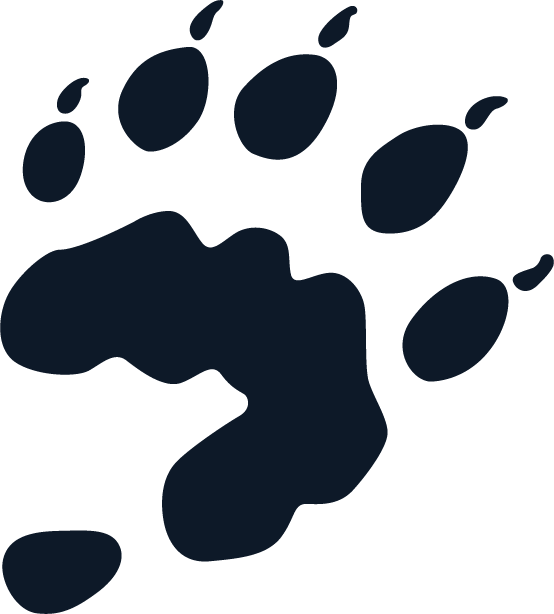Eastern Wildway Map Presents Vision for an Ecologically-Connected North America
DURHAM, N.C. (October 22, 2019) – This week Wildlands Network publicly released its Eastern Wildway map, a bold vision for reconnecting and restoring wildlife habitat across eastern North America. The new map covers roughly 50% of the East Coast of the United States and Canada, and is among first large-scale conservation plans to show an ecologically-prioritized worldview for a cross-section of an entire continent, specifically the heavily-populated yet extremely biodiverse eastern side of North America.
One in five species in the United States is threatened to become extinct, due in large part to habitat loss, fragmentation and climate change. Wildlands Network’s Wildway concept offers a solution for protecting native plants and animals by connecting the wild spaces these species need to survive, and supports renowned Harvard Biologist E.O. Wilson’s vision of designating “Half-Earth” for nature in order to safeguard our planet’s biodiversity. The Eastern Wildway consists of cores, or large areas of natural habitat, as well as linkages between the cores, referred to as corridors. Conservation science increasingly supports restoring habitat connectivity as one of the most effective strategies for protecting biodiversity.
“We’re proud of the way we’ve used the best available science to map out a robust vision for saving 85% or more of the biodiversity of the East Coast from extinction,” said Wildlands Network Chief Scientist Ron Sutherland. “If protected, the Eastern Wildway habitat network would allow almost all native species to survive the ravages of rapid climate change and habitat destruction.”
Stretching from Florida to Quebec, the Eastern Wildway design includes existing parks, national forests and other protected areas, as well privately-owned lands. Implementing the Eastern Wildway will require:
major new investments in land and water conservation in the United States and Canada, including substantial incentives for private landowners to participate voluntarily in protecting natural habitats.
significant ecological restoration, such as replanting native vegetation, to establish wildlife corridors and expand core natural areas to sufficient size.
mitigating important barriers to animal migration, such as highways, using proven techniques like wildlife overpasses and underpasses.
The Eastern Wildway map will provide continental-scale context to the work of conservation organizations, as well as guide the prioritization of investments in conservation, restoration and infrastructure projects—such as wildlife road crossings—in this region.
“We are thrilled to offer the Eastern Wildway map as a tool for communicating the importance of connectivity in natural systems, and to help frame the on-the-ground work of our many partners,” said Wildlands Network Eastern Program Director Christine Laporte. “This is a unique and high value resource for anyone working on conservation in eastern North America. We invite partners to contact us to see how it can provide inspiration and robust scientific information for your work.”
To create the Eastern Wildway map, Wildlands Network integrated a wide range of existing data sets and incorporated feedback from expert conservationists from across the region. Data sources include Wildlands Network’s own connectivity models, as well as state and federal agencies, other NGOs (such as The Nature Conservancy and The Wilderness Society) and academic researchers.
Wildlands Network was the first nonprofit organization to focus on reconnecting nature at the continental scale across North America, an objective that has remained central to the organization since its founding in 1991. The new Eastern Wildway map represents a major step forward in realizing this original vision.
###
Additional Resources
Explore the interactive GIS-coded version of the Eastern Wildway map here.
Access a downloadable version of the artistic rendering of the Eastern Wildway map here.
Contact
Danielle Fisher, Communications Manager, 202-280-8318, danielle@wildlandsnetwork.org
Ron Sutherland, Chief Scientist, 919-641-0060, ron@wildlandsnetwork.org
About Wildlands Network
Since 1991, Wildlands Network has been committed to reconnecting, restoring and rewilding North America for the benefit of all species. Our work is founded in science, driven by fieldwork and furthered through strategic policy and partnerships. We envision a North America where nature is undivided, and where people coexist in harmony with our native plants and animals. Visit wildlandsnetwork.org to learn more.


